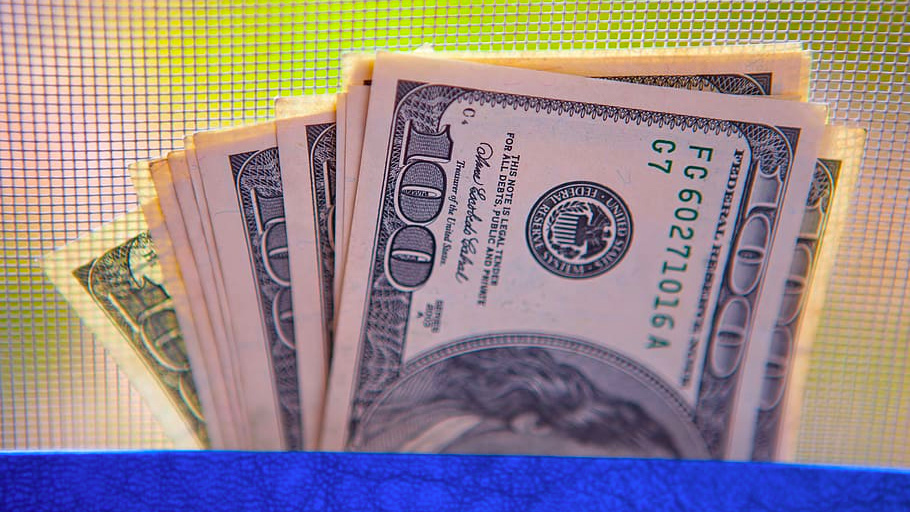What Explains the Lesbian Wage Premium?

I have an idea for a Hollywood movie. An ambitious, young, heterosexual woman disguises herself as a lesbian in order to land herself the job of her dreams. Her handsome colleague takes her into his confidence and, of course, she falls in love with him. After a series of comedic events, she eventually gets her man and reconciles herself to mediocre wages, along with all the other heterosexual women. It could be a modern day “Twelfth Night.”
The wage premium paid to lesbian workers is a bit of a mystery. Sure, lesbian women are better-educated on average, are more likely to be white, live predominantly in cities, have fewer children, and are significantly more likely to be a professional. But even when you control for these differences, the wage premium is still on the order of 6%.
It is fascinating when the data starts looking like the majority is being discriminated against. Is it wage discrimination, though, or is there an economic argument for why lesbians are getting paid more?
Well, a possible explanation has to do with the division of labor in a heterosexual union.
Anyone who has taken a first-year economics course knows that individuals benefit from trade if each specializes in a task at which they are the most efficient. This is the concept of comparative advantage. Men have historically been paid more to work outside the home—that has given women the comparative advantage in doing all the laundry. Of course the world has changed, and the gap between women’s and men’s wages has narrowed. But if a woman believes that she will eventually be married to a man who earns a higher income than she does, then she has less to gain from investing in human capital that will give her an advantage on the labor market. This human capital doesn’t just include formal education—we can control for that—it also includes a variety of unobservable skills that the market rewards with higher wages.
Women who never have any intention of marrying a man, though, and look forward to a future with a female spouse, have none of these incentives to under-invest. They are just as likely as not to be in a relationship with a woman who earns an income that is comparable to their own. With no expectation of exploiting the comparative advantage in the home production, these women should increase investment in human capital that gives them an advantage on the market.
This theory is cleverly tested in a paper which calculates the wage premium paid to lesbians in two distinct groups—those who were once in a heterosexual marriage and those have never been married.* The assumption made is reasonable; lesbian women who were once married to men (about 44% of the lesbians in the sample) presumably have in the past had the expectation that they would have a marriage partner with a higher income. The never-married women might also have had this expectation, but it is much more likely that, on average, women in that group expected to be in a relationship with another woman with a comparable income.
Does the evidence support the theory that the wage premium can be explained by greater investment in more market-oriented skills by lesbian women? Well the premium does not disappear completely for the subset of previously married women but is reduced by about 17%, providing some support for the idea. At 5.2% though, the once-married lesbian premium is still high enough that I don’t think we can consider the case closed.
There is a much bigger issue here that is worth exploring further. In explaining the lesbian wage premium, this paper has managed to contribute to our understanding of the gender wage gap—the difference in wages paid to observably identical men and women. The methods used in this paper are an interesting way to measure how much of that gap is due to discrimination and how much is due to unobservable characteristics that influence women’s efficiency.
While that is a worthwhile line of enquiry, I think I will get back to my screenplay. I started my working life in the film industry. Perhaps I can stage a comeback writing schmaltzy economics-based love stories.
* DANESHVARY, N., JEFFREY WADDOUPS, C. and WIMMER, B. S. (2009), “Previous Marriage and the Lesbian Wage Premium.” Industrial Relations: A Journal of Economy and Society, 48: 432–453.
Image courtesy of Flickr user CarbonNYC.




